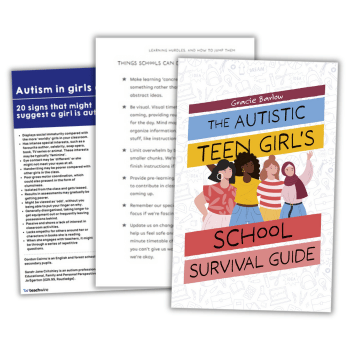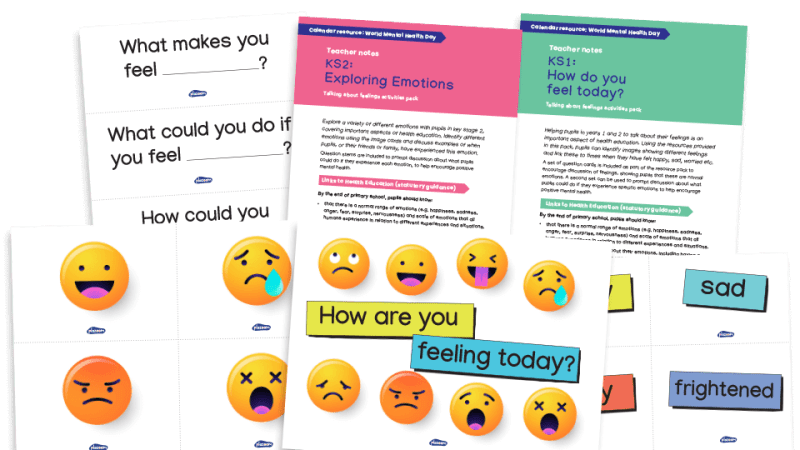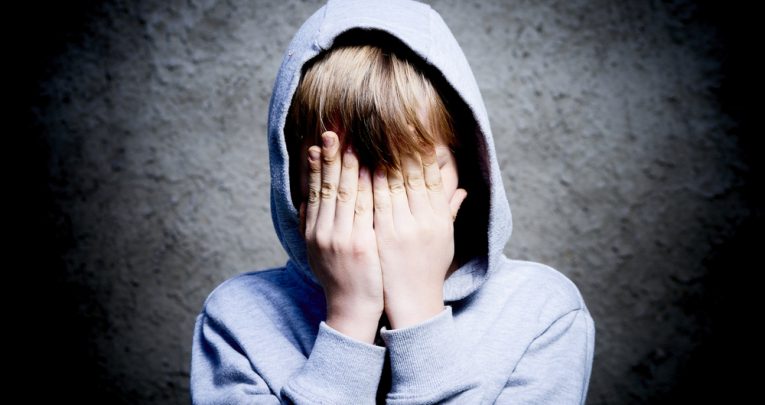Teaching Makaton and sign language in schools can have wonderful benefits

Incorporating sign language into your provision soon becomes second nature, and can have wonderful benefits for all, says Sue Cowley…

- by Sue Cowley
- Author of more than 30 books for educators Visit website

One of the most problematic aspects about the pandemic has been the way that it has impacted on different groups within the community, particularly on those from some of the most vulnerable parts of society.
People from ethnic minority backgrounds have been disproportionately affected by the virus, as have people who are disabled. Those from lower socioeconomic backgrounds, the elderly and those with existing conditions are also more likely to become seriously ill.
People in some of the lowest paid jobs, such as social care, have had to work throughout the lockdown period and have consequently been at higher risk.
And with the requirement to wear masks in shops and other indoor spaces, people with hearing impairments may also be at a significant disadvantage when trying to communicate.
One really positive way that schools can help mitigate this issue, and also to support hearing impaired people within the community more generally, is to start to incorporate some form of sign language into their provision.
The two main forms of signing used in schools and Early Years settings are Makaton and British Sign Language (BSL).
Makaton is particularly useful for the youngest learners. It’s widely used in settings and is fairly easy to pick up, even for very young children. Makaton supports children who have language delay and also those with SEND.
BSL is the language of the deaf community in the UK. It’s used by around 150,000 people, including around 87,000 deaf people.
An additional benefit of learning to sign is that it can support children who have English as an additional language, particularly when they are completely new to English, because it offers a set of signals that everyone can understand.
We first introduced Makaton into our setting when a child with Down’s syndrome attended our provision.
Our SENCo went on training, which was disseminated to the rest of the staff, and we now incorporate Makaton into our daily provision.
We have a ‘sign of the week’ that we use daily with the children, and which we share with parents on our weekly blog so that they can use it at home.
We also use signing alongside nursery rhymes during circle time and when reading stories to the children. With practice, it very quickly becomes a natural part of your daily routine.
Primary schools have incorporated signing into their provision in various ways.
Trending
For instance, some primaries teach it to all children throughout the school, some have set up a sign language club for pupils to attend, and some even sign their school drama productions.
Another interesting positive about using signing is that it can support better behaviour. Children very quickly get used to non-verbal signals and you can then use these, rather than your voice, to give instructions.
Encouraging everyone to use more-non verbal communication helps to keep noise levels down.
Signing also supports children to build their self-regulation skills as it encourages them to focus their attention and follow what you are ‘asking’ them to do.
The children very quickly learn to ‘read’ and interpret the signs we give with our bodies and faces. Consequently, this also helps to boost their empathy.
There are a number of very useful charities doing work around signing and support for children with language delay.
These include the Makaton charity, which is currently running online training courses which may be useful for any teachers who want to start learning to sign. Find out more about the workshops here.
The charity Sing Up offers videos of popular songs signed in both Makaton and British Sign Language.
The communication charity I Can offers lots of resources for supporting all kinds of communication and the National Deaf Children’s Society is also a good source of resources and information.
On Twitter, the account Makaton with Lucinda (@makatonlucinda) shares regular videos of Lucinda, who has Down’s syndrome, and her mum Nikki, using Makaton signs.
By teaching pupils to sign, you will help to support your community in communicating while wearing masks during this time of coronavirus, and you will also support the deaf community more widely. Why not make a positive out of a negative and commit yourself to ‘signing in’ the new school year?










